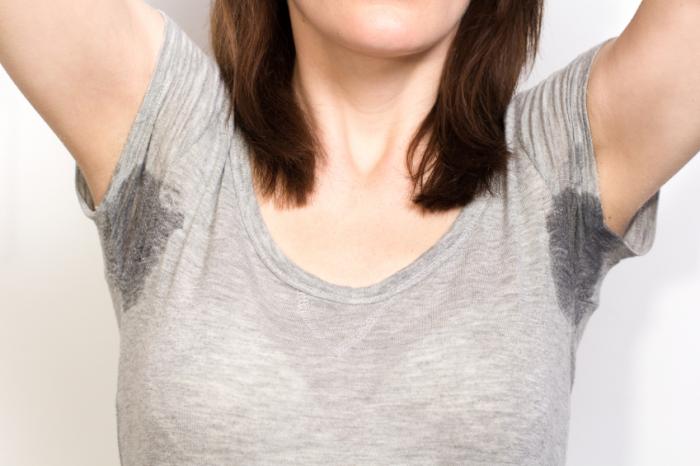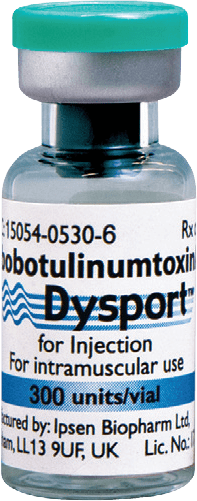A 2017 study by the Archives of Dermatological Research shows that the prevalence of excessive sweating is about two times higher than previously thought. According to the findings of this research, 4.8% of men and women in the United States suffer from severe excessive sweating. Also 75% of people with this condition report that this problem has a negative impact on their emotional and mental health, as well as their social life and overall well-being. To estimate the national prevalence, a representative sample size of 8,160 individuals took part in this study and given questions to answer. Out of this set, 393 individuals indicated that they suffer from excessive sweating or hyperhydrosis and provided additional details in terms of age of onset, affected body areas, severity of symptoms and the social and emotional effects of their condition.
Only 51% of these men and women discussed their condition with a health professional. The researchers discovered that the prevailing widespread belief is that excessive sweating is not a medical condition. They concluded that broader awareness is needed to educate and inform people about what hyperhydrosis is, how it is caused and what forms of treatment are available. Another implication of this study is that medical professionals need to be prepared to offer effective treatment options associated with this condition.
Hyperhidrosis Treatment in Los Angeles:
Each person has between 2 million and 4 million sweat glands in their bodies. And though there is no calculated amount of “normal”, many people feel plagued by their excessive and relentless sweating.
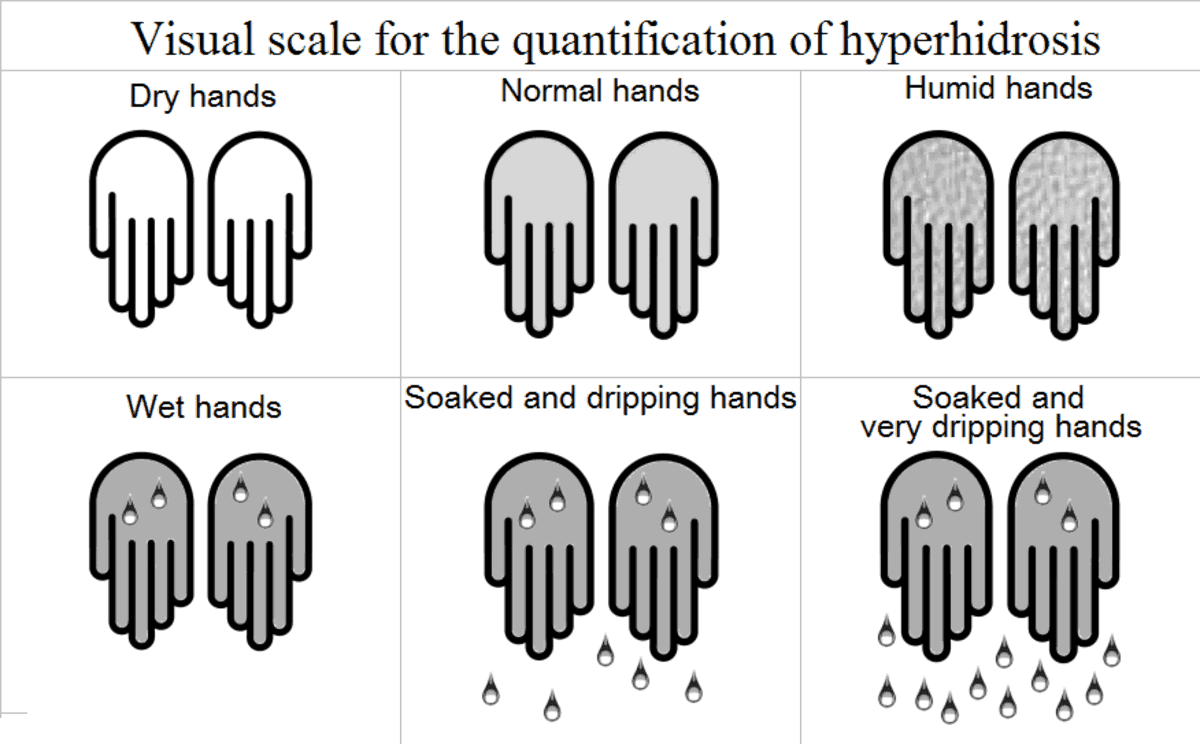
So What is Hyperhidrosis?
Usually beginning at puberty, people with this disorder have more than just a little stink. There are many factors that can cause hyperhidrosis, these include:
- Underlying health condition
- Obesity
- Gout
- Menopause
- A tumor
- Mercury poisoning
- Diabetes Mellitus
- Hyperthyroidism (overactive thyroid gland)
Hyperhidrosis is a condition of extreme sweat that can appear on your palms, soles, and armpits. This excess sweat can lead to multiple daily wardrobe changes, abundant use of antiperspirants, and most importantly a drop in self-confidence due to the embarrassing wet patches that form throughout the day. Luckily, there are now viable treatments to help people fight off hyperhidrosis!
Often patients feel the need to keep multiple wardrobe changes because of sweat stains on their shirts.
Common Treatments of Hyperhidrosis
- Antiperspirants: With all antiperspirants, aluminum salts are used to help stop seat and block the odor. There are however specially prescribed antiperspirants that you can receive from your doctor.
- Iontophoresis: This treatment option uses electrical currents in water to help block sweat from getting into the skins surface. This has to be done a few times a week to take effect.
- Anticholinergic Drugs: This option stops the activation of sweat glands, but is usually a last resort for patients as side effects can include blurred vision, heart palpitations, and urinary problems.
- Surgery: This treatment is only recommended for people with severe hyperhidrosis. This process includes the doctor cutting, scraping, or suctioning out the sweat glands.
- Botulinum Toxin: This option uses injections such as Botox, Dysport and Xeomin that prevent the release of a chemical that signals the onset of sweat. Dr. U Skin Clinic specializes in using these injections to help patients struggling with hyperhidrosis.
Types of Botulinum Toxins:
Botox:
This injectable treatment has gained incredible popularity throughout recent years. For each procedure there is minimal pain after topical numbing is applied. Typically 50 units of Botox are used for each armpit and takes anywhere from 4-7 days to take effect. Approximately 90% of sweating is eliminated and the results can last anywhere from 3-6 months.
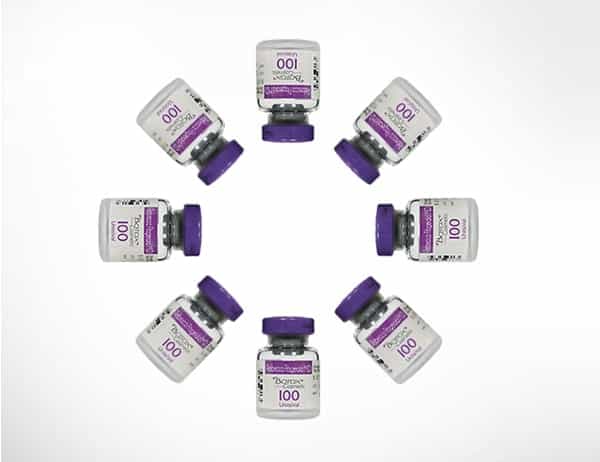
Dysport:
Similar to Botox, Dysport is administered in the same fashion with minimal pain for the patient and lasts the same period of time. It is a product that has been widely used for years in Europe as an alternative to Botox and is making a great appearance in the US. Below are some of the ways Dysport differs from Botox:
- Units used: Typically 150 units are used for each underarm when using Dysport – A 3:1 ratio when compared to Botox.
- Onset of results: Dysport generally takes 1-2 days to take effect – Half the time of Botox.
- Cost: Dysport is significantly cheaper than Botox with the price per unit costing less than half of Botox.
Xeomin:
This Botulinum Toxin is most widely talked about for being a more purified version than the two listed above. Because of this, it is believed that the chance of forming an allergy is significantly lowered. (Studies are still be conducted on this.) Xeomin uses the same amount of units as Botox and generally has the same to a slightly lowered price.
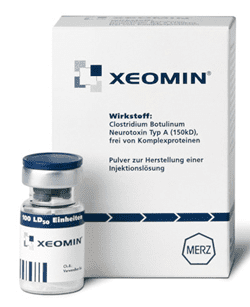
Learn more about using Botox, Dysport or Xeomin for your Hyperhidrosis Treatment with a free online consultation here.
For more information on hyperhidrosis treatment or Botox, Dysport, or Xeomin in general, you can ask the doctor any questions you may have by clicking the button below:
Further Reading
Botox, Dysport, and Xeoman treatment at the Dr. U Skin Clinic
More information on hyperhidrosis, courtesy of the American Academy of Dermatology

